On June 21, 1948, Manchester Baby, the world’s first electronic stored-program computer ran its first program.
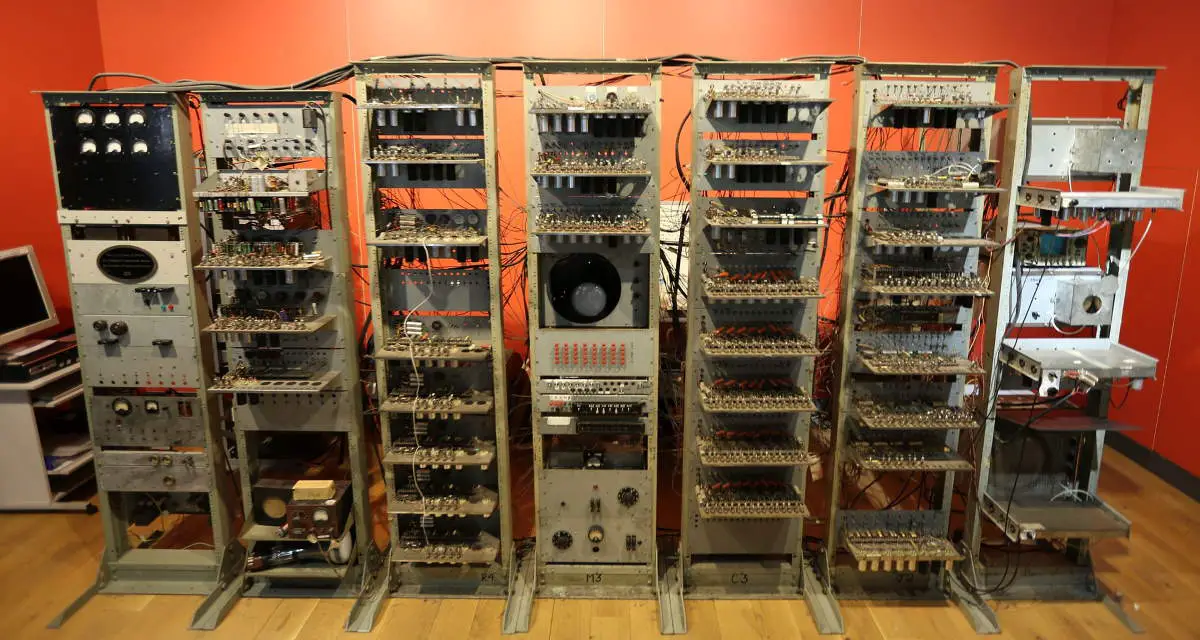

On June 21, 1948, Manchester Baby, the world’s first electronic stored-program computer ran its first program.
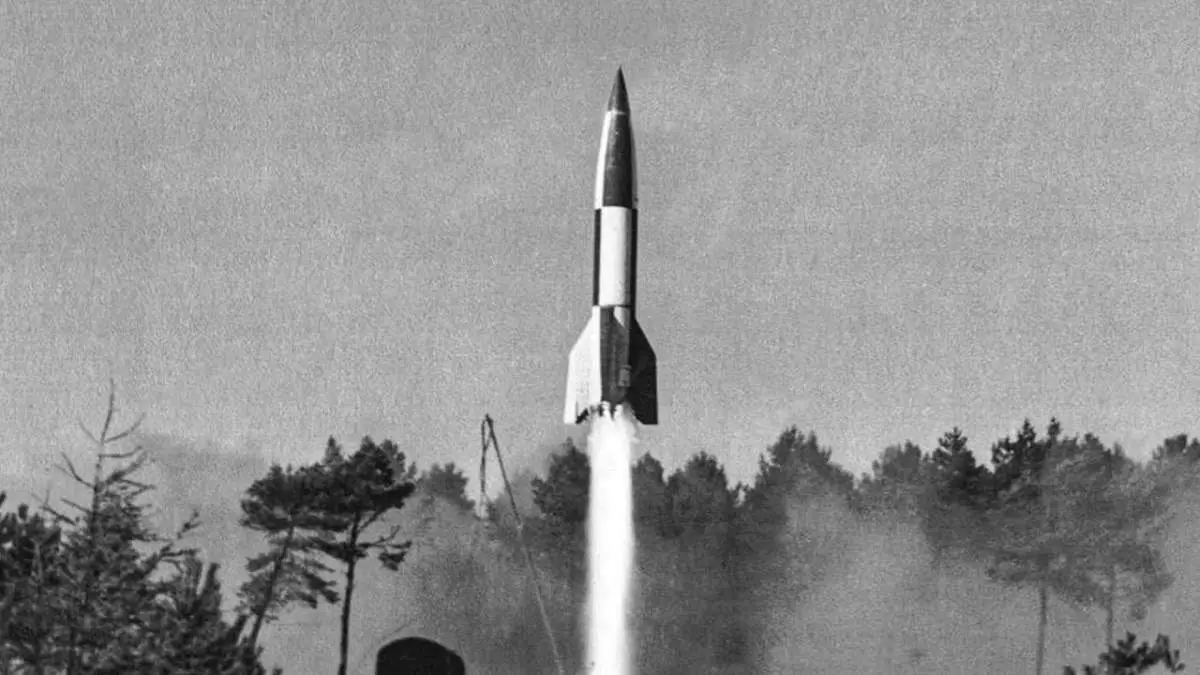
On June 20, 1944, a German A-4/V-2 rocket became the first human-made object to travel into space by crossing the Kármán line with the vertical launch of MW 18014, attaining an apogee of 176 kilometers (109.3 miles). The Kármán line commonly represents the boundary between the Earth’s atmosphere and outer space. It lies at an altitude of 100 kilometers (62 miles) above the Earth’s sea level.
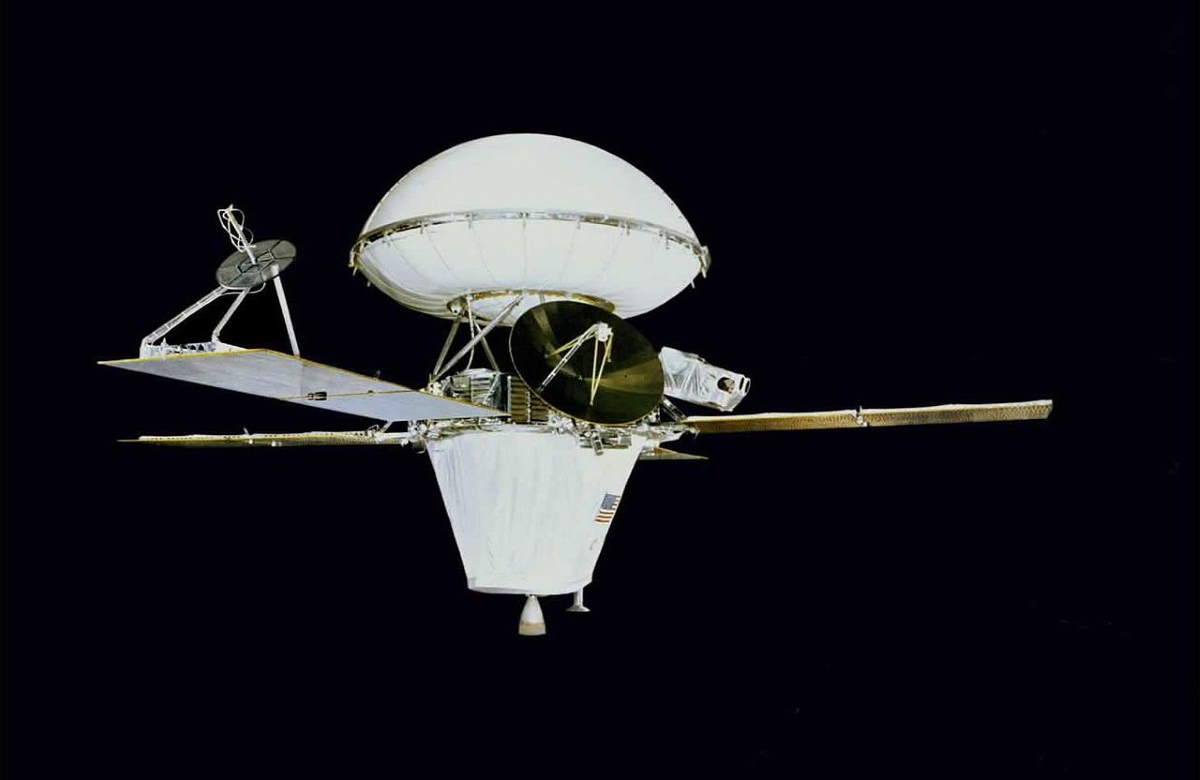
On June 19, 1976, NASA’s Viking 1 Orbiter was inserted into Mars orbit. Both Viking 1 and Viking 2 spacecraft were consisting of an orbiter and a lander.
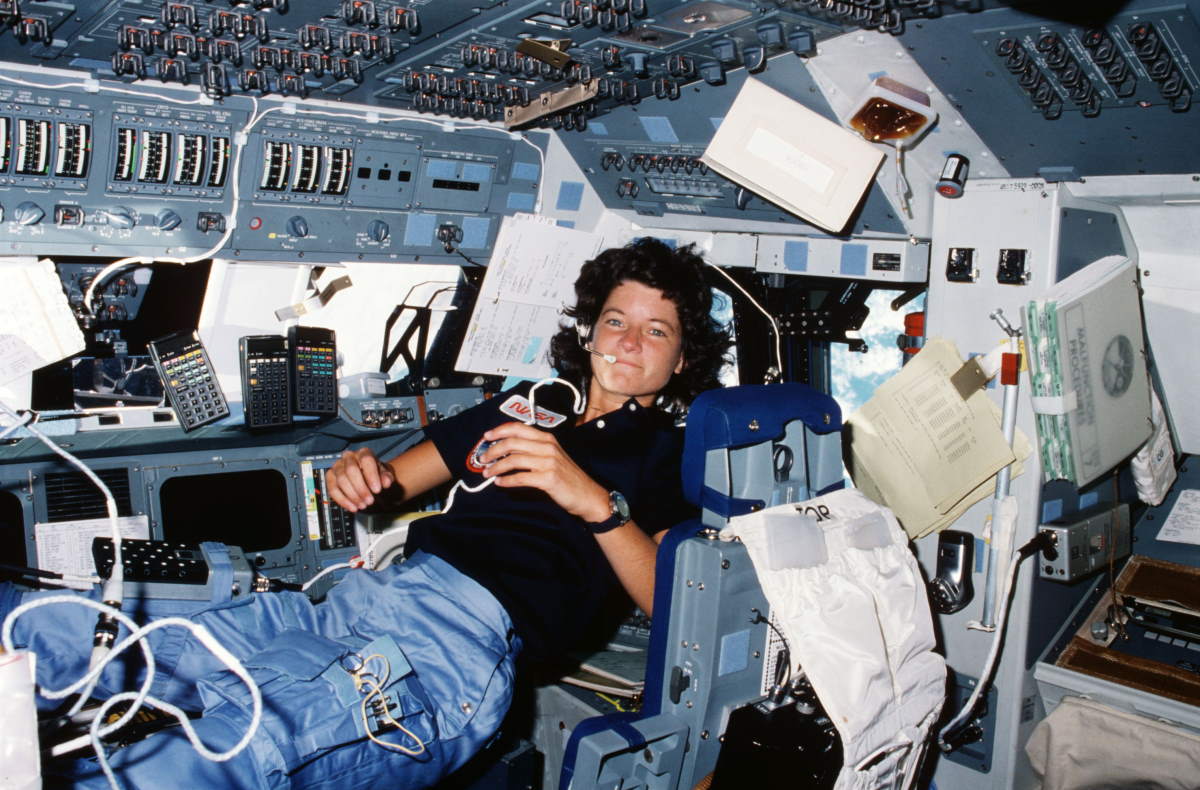
On June 18, 1983, Space Shuttle Challenger and the STS-7 crew launched from NASA’s Kennedy Space Center, Florida. With the launch, one of the mission specialists, Sally Ride became the first American woman to fly in space.
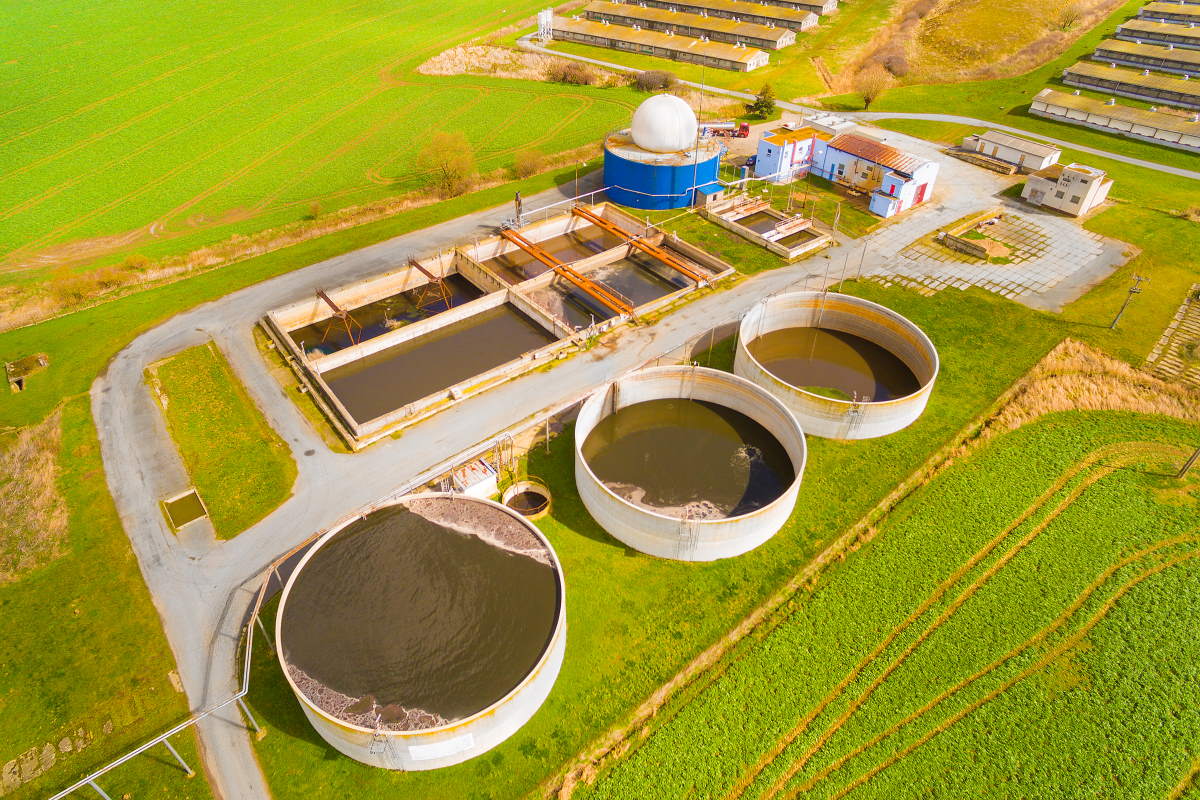
Turning waste into energy: the race is on to reuse waste as energy in the most effective way possible. Combined heat and power is an old idea for saving fuel with a new imperative to slash emissions. Innovative furnaces based on biofuel systems will generate heat and power from waste materials with near-complete efficiency and very low emissions.
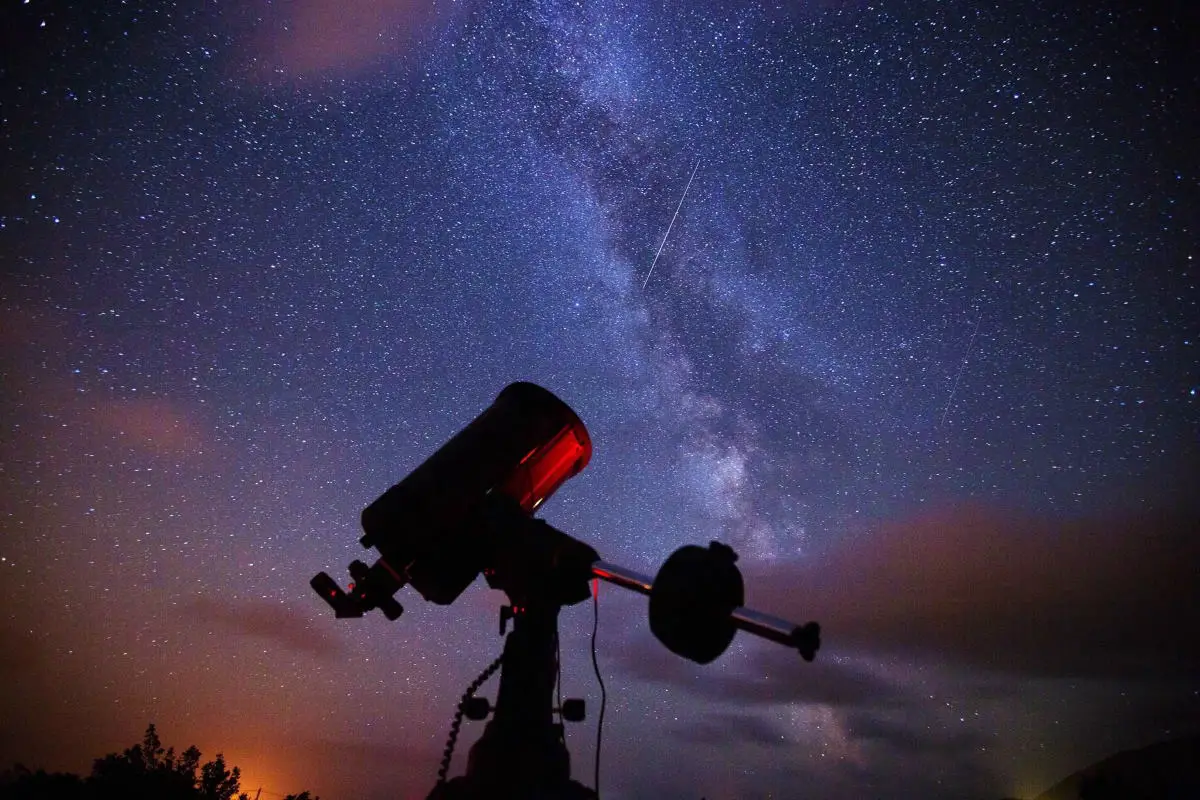
Busy days don’t leave much time to stare at the sky in awe. But once in a while, in the midst of looking forward, it may be time to look around – or up – at your surroundings and appreciate the view. Beyond a seemingly inky nightscape with only the occasional cloud, aircraft, or spattering of stars, there are also breathtaking celestial events at certain times of the year to look forward to. Such events don’t only remind us to revel in the sky, but also in space’s magical treasure trove of shooting stars, meteorites, northern lights, and more. If you have a yearning to stop and stargaze, a few steps can help you prepare for a wondrous experience.
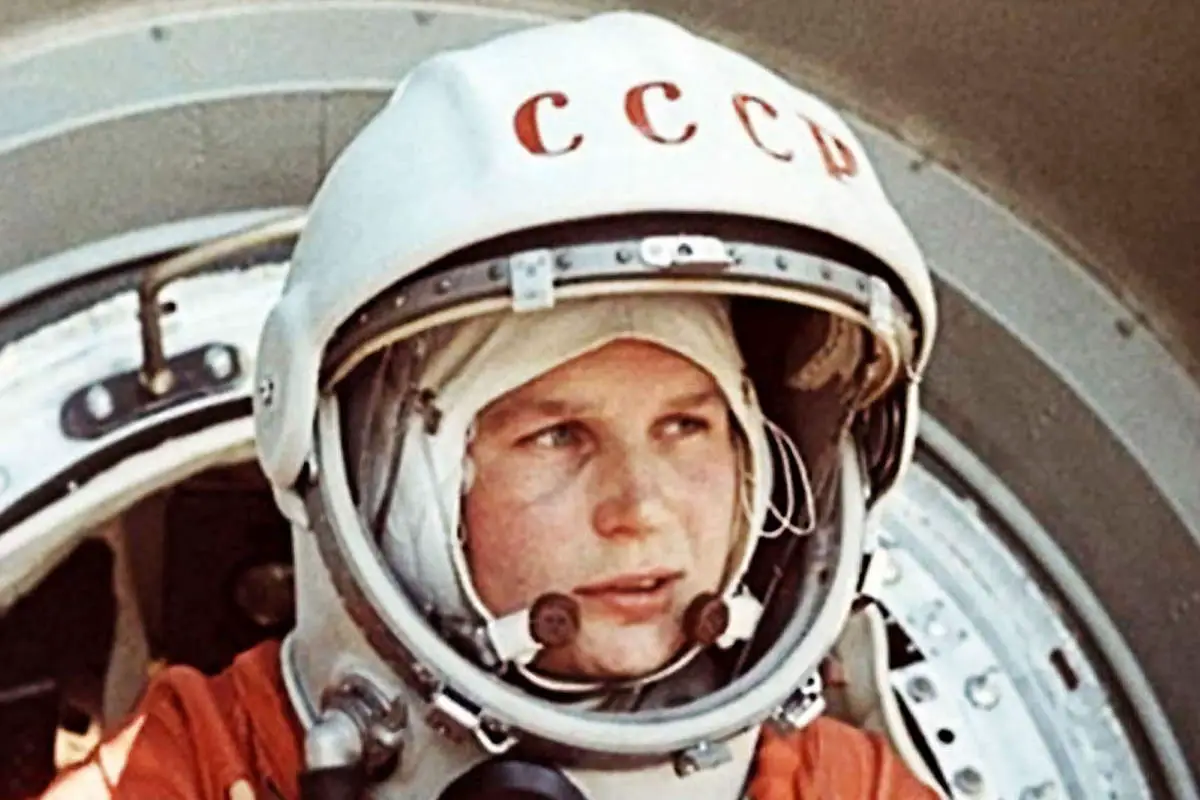
On June 16, 1963, aboard the Vostok 6 spacecraft, Soviet cosmonaut Valentina Tereshkova became the first woman in space. She made 48 orbits around Earth and spent 2 days, 22 hours, and 50 minutes in space.
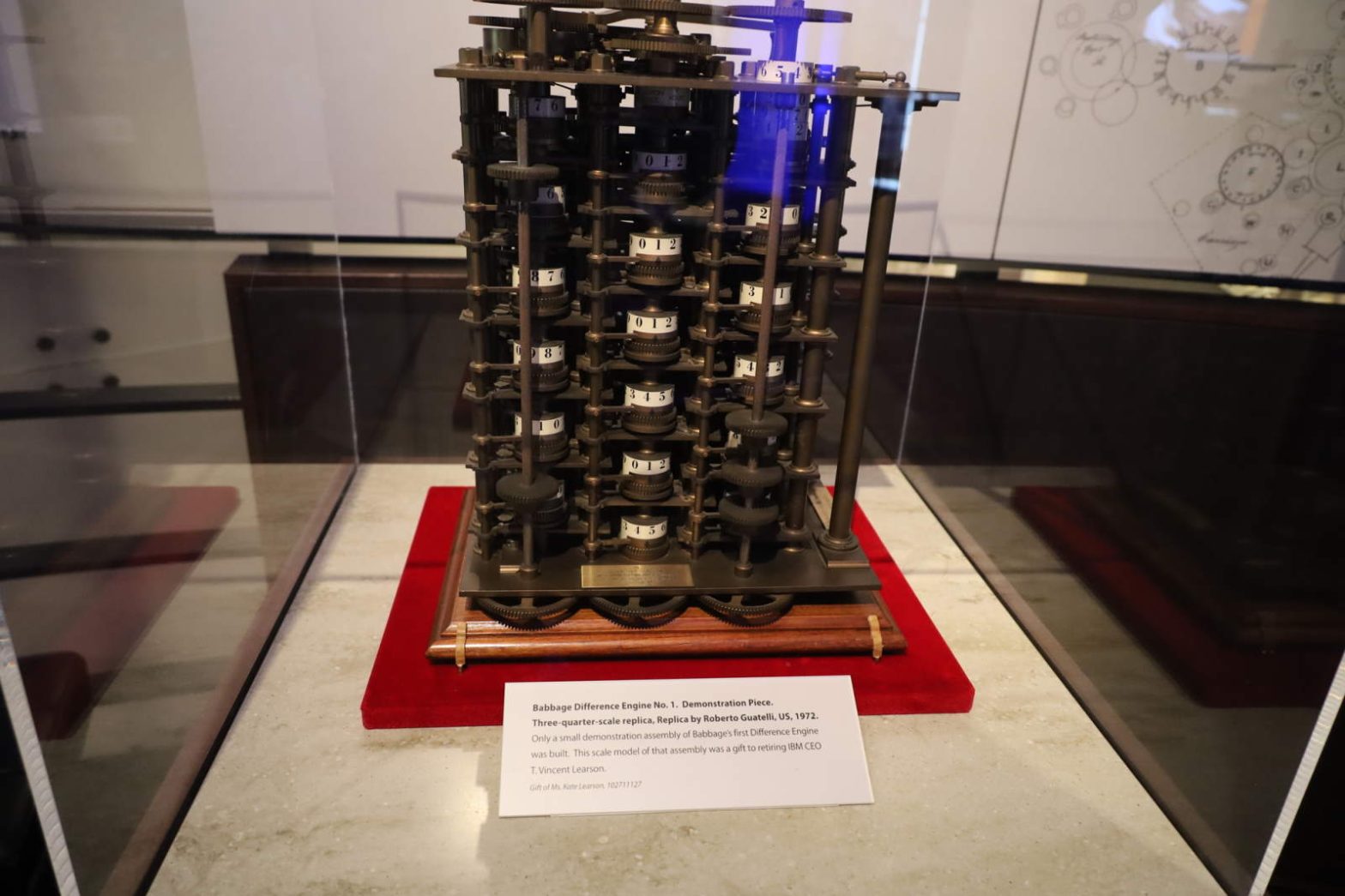
On June 14, 1822, English polymath Charles Babbage (26 December 1791 – 18 October 1871) announced his invention of the Difference Engine on 14 June 1822, in a paper to the Royal Astronomical Society. The title of the paper was “Note on the application of machinery to the computation of astronomical and mathematical tables”.
It was the first that kind of machine Babbage has built, so it’s called Difference Engine 0.
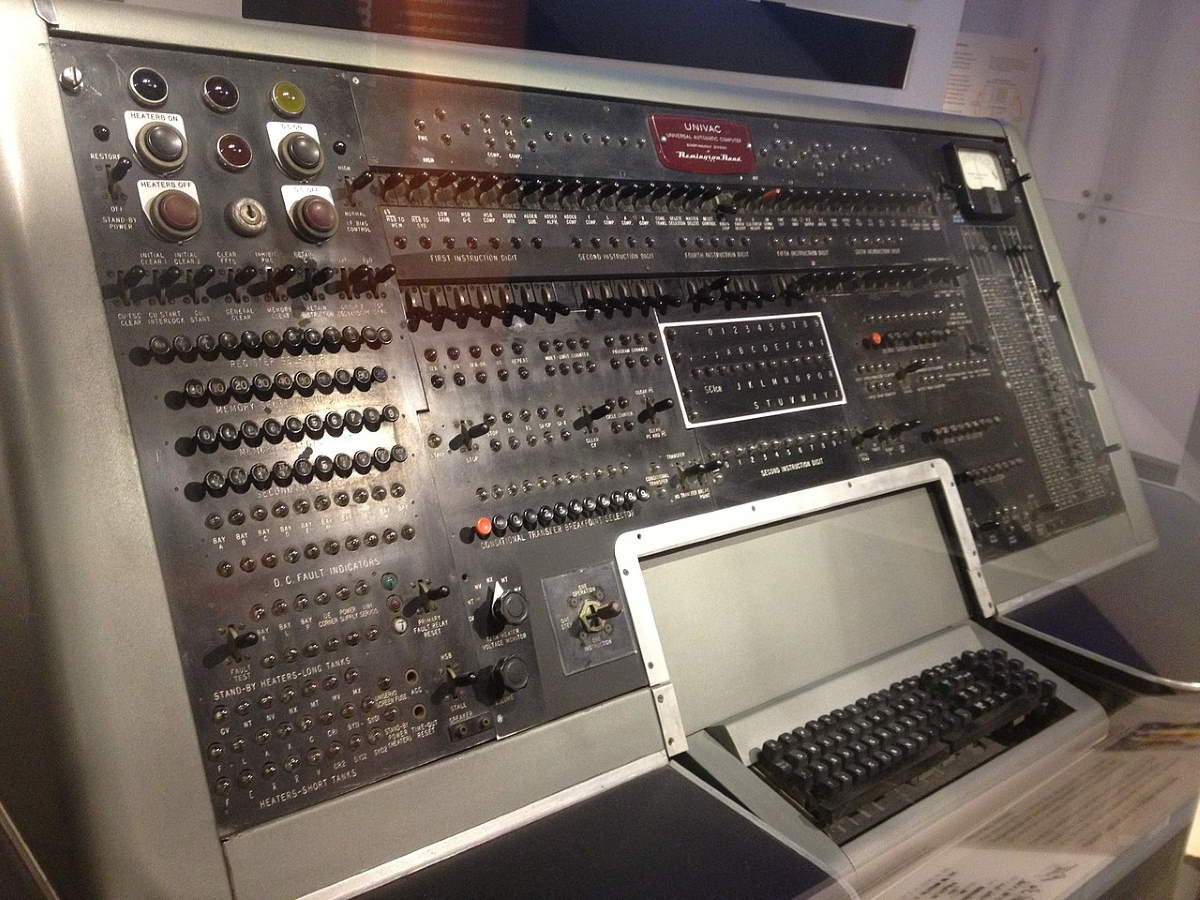
On June 14, 1951, UNIVAC I (UNIVersal Automatic Computer I), the world’s first general-purpose electronic digital computer was unveiled. running on a 2.25 MHz clock, it was capable of completing 1,905 instructions per second.
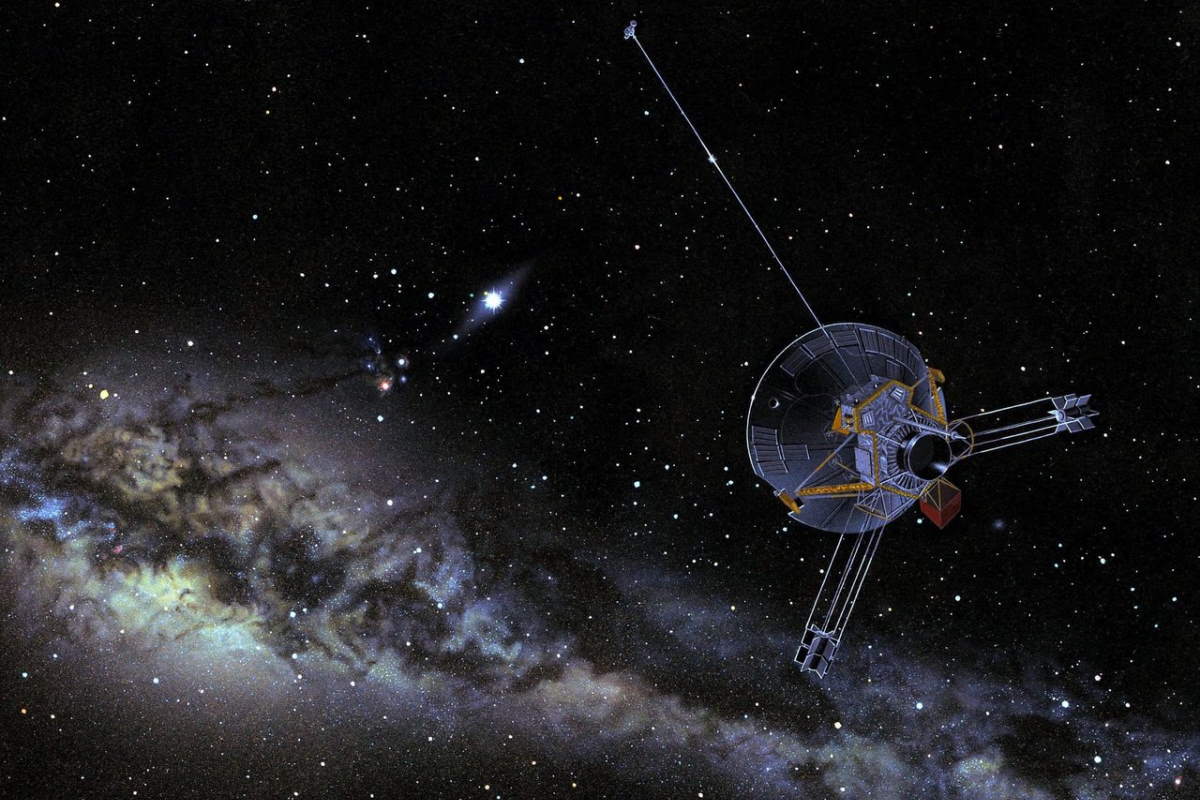
On June 13, 1983, Pioneer 10 became the first spacecraft to pass beyond the orbit of Neptune. So, it is the first spacecraft to pass beyond all the solar system planets.